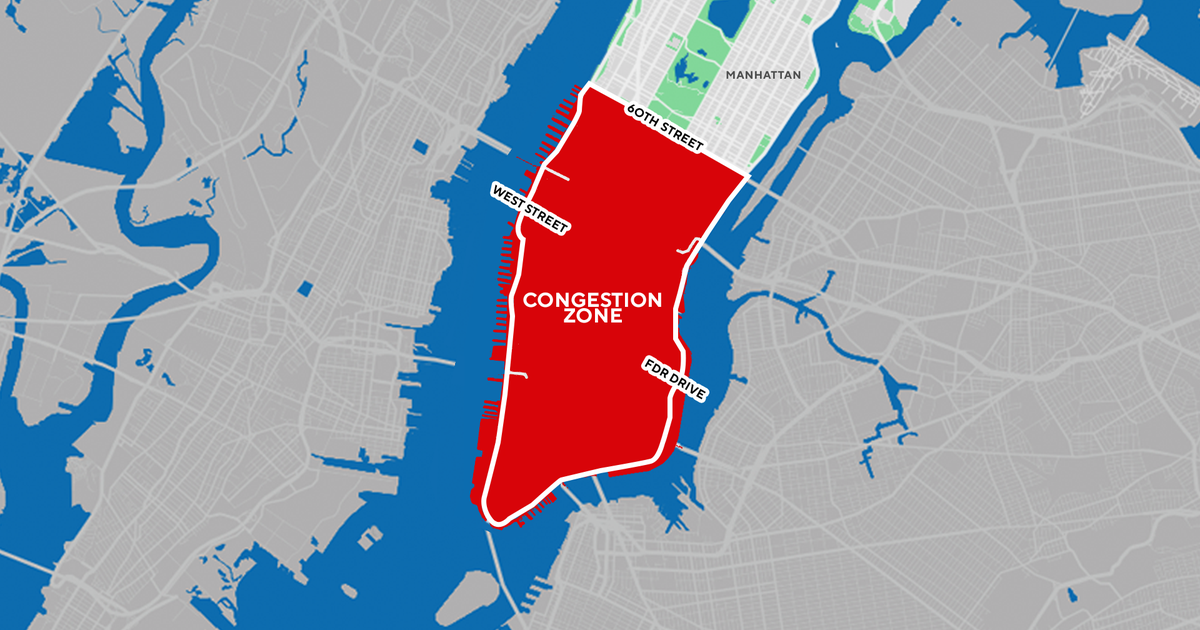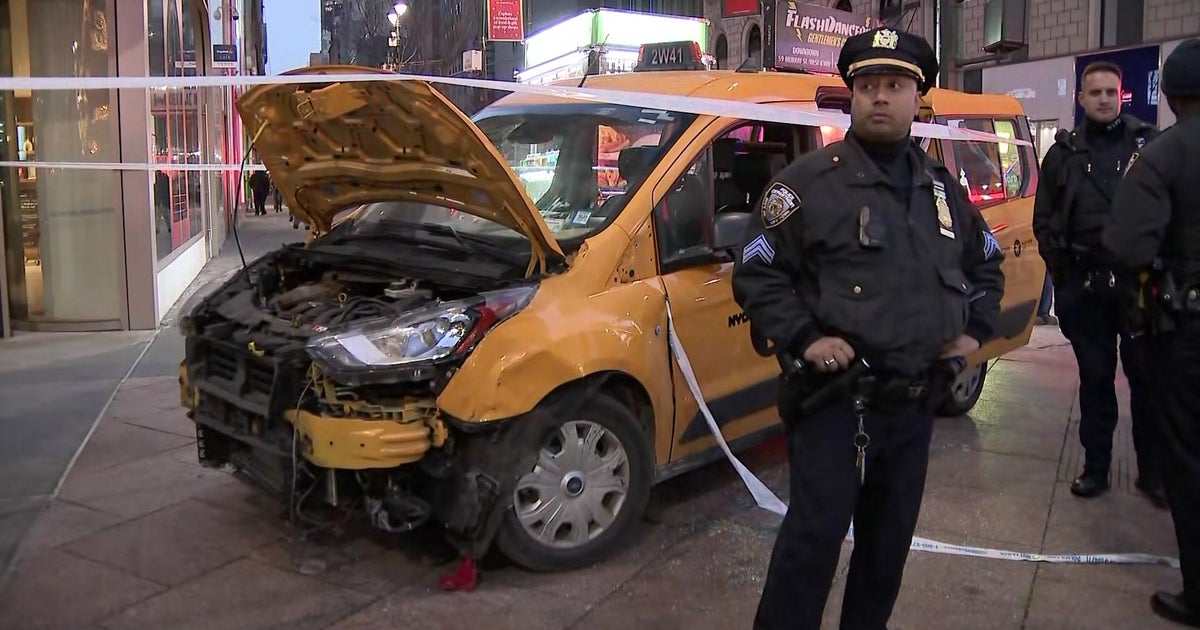Office of Emergency Management chief grilled about response to Canadian wildfire smoke
NEW YORK -- The City Council is examining the city's response to last month's air quality crisis.
Councilmembers laid into the Office of Emergency Management.
As orange skies blanketed New York City in early June, many New Yorkers had no idea what was happening. Smoke from Canadian wildfires created dangerous conditions for people across the Tri-State Area on June 6, something forecasters had warned about since June 2.
Outdoor events were canceled. People were once again wearing masks, but Mayor Eric Adams didn't hold his first press conference addressing the issue until late in the day on June 7.
"We're saying that we communicated to the public the best way we could have from the 2nd to the 7th, and the public would disagree with you because they had no idea that there was a problem until the sky turned orange," Public Advocate Jumaane Williams said.
"We did the best communicating to the public with the information and the forecast we had in hand," OEM Commissioner Zach Iscol said.
"And that's just not true," Williams said.
Wednesday, the City Council demanded answers from the head of the Office of Emergency Management, who defended his agency's response.
"I am incredibly proud of our robust response ... All in all, we issued 11 Notify NYC messages, held four press conferences, three interagency citywide incident management system calls, distributed over 100,000 masks and responded to dozens of press inquiries," Iscol said.
Iscol blamed delayed or inadequate warnings on air quality forecasts, which he admitted are difficult to accurately predict.
"I can't predict the future other than what the forecast is doing. I think we also have to operate with the understand that these forecasts are very unreliable," Iscol said.
"What you're saying is that given the information and circumstances as they played out, the city did the best it could. Is that accurate?" Williams asked.
"One hundred percent," Iscol said.
"OK, which worries me and troubles me a lot because that means given the same set of circumstances again, you would do the same thing. And that's where my frustration comes in because I think the administration is the only one that believes everything went the best way that it could," Williams said.
Watch Jessica Moore's report
CBS New York's Dick Brennan asked New Jersey state climatologist Dr. Dave Robinson, of Rutgers University, how hard things like this are to predict.
"It can be difficult to predict exactly where the smoke is headed at any particular time," Robinson said.
Robinson says better communication is key.
"We've got a lot of good observational and modeling tools out there, but they're only as good to the public as the ability to get word out to the public," he said.
The mayor has dismissed the criticism.
"Think about it for a moment. What we should have done, put out the fires?" Adams said.
Williams called for daily pandemic-style briefings during future air quality emergencies, instead of relying on Notify NYC alerts, which only go to 1 million registered users.
Iscol said the OEM is devising a more robust action plan for future air quality emergencies, something the City Council said it will hold him to.
Public health data showed an increase of 100 breathing-related emergency room visits during the week of June 4, compared to seasonal norms.
Wednesday's hearing came as the New York Department of Environmental Conservation issued another Air Quality Health Advisory, this time for ground-level ozone.
The city says with climate change, bad air quality is not going away. It says it will work on a public campaign to help New Yorkers understand how to interpret the air quality index and also promote other ways to keep safe.





